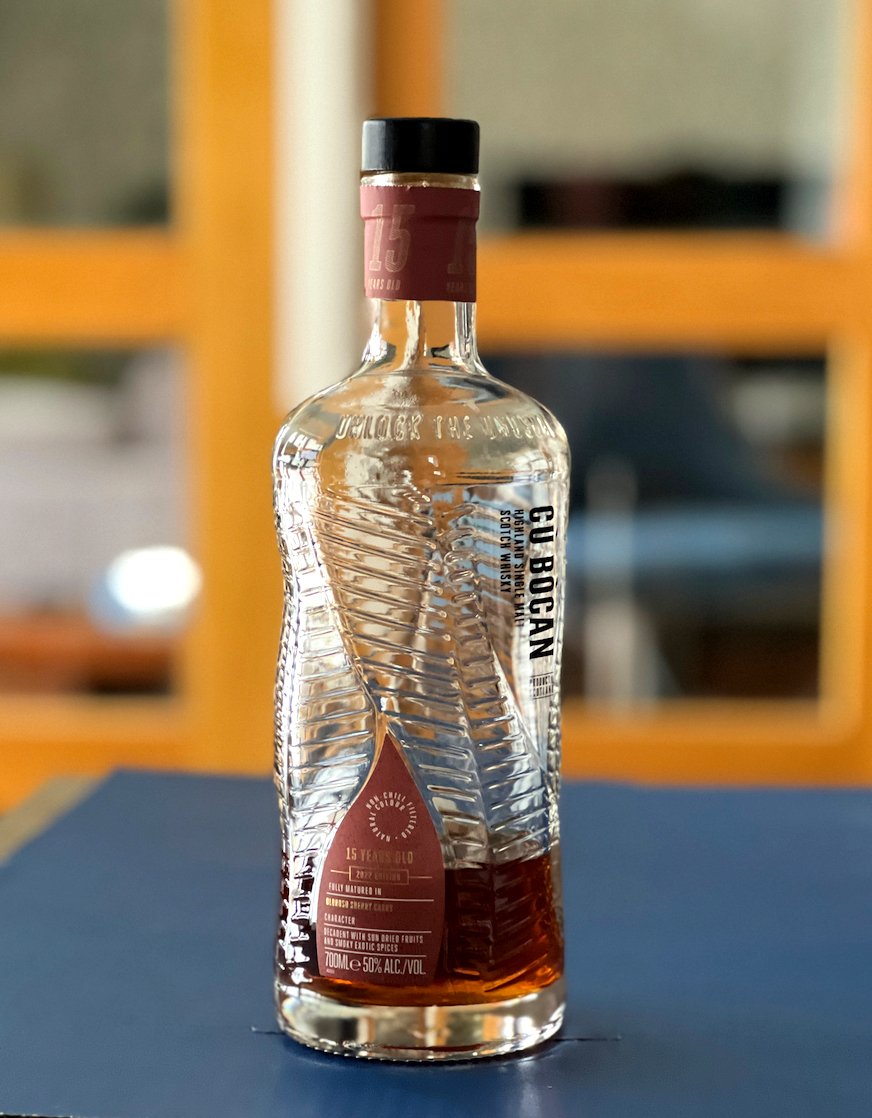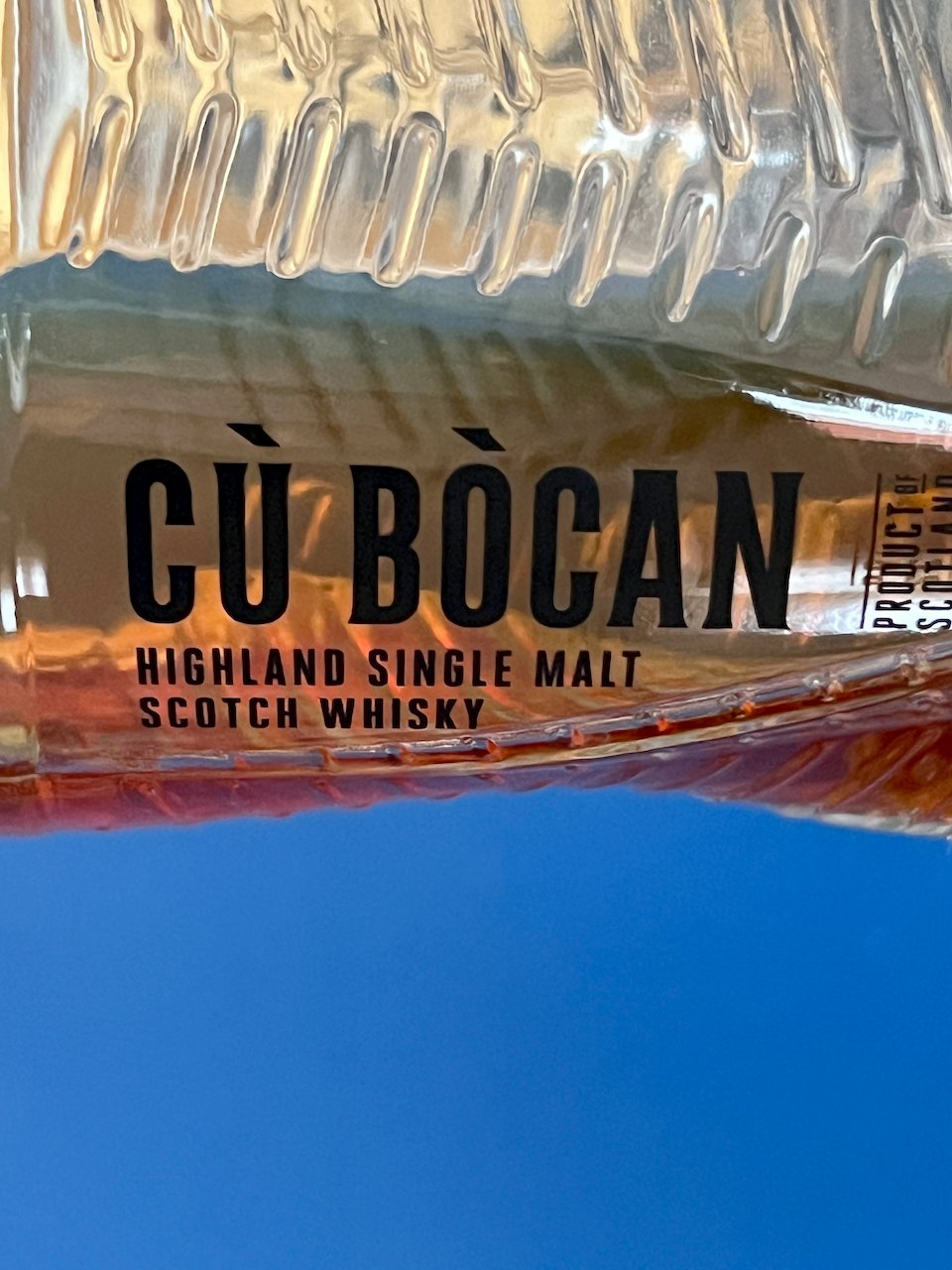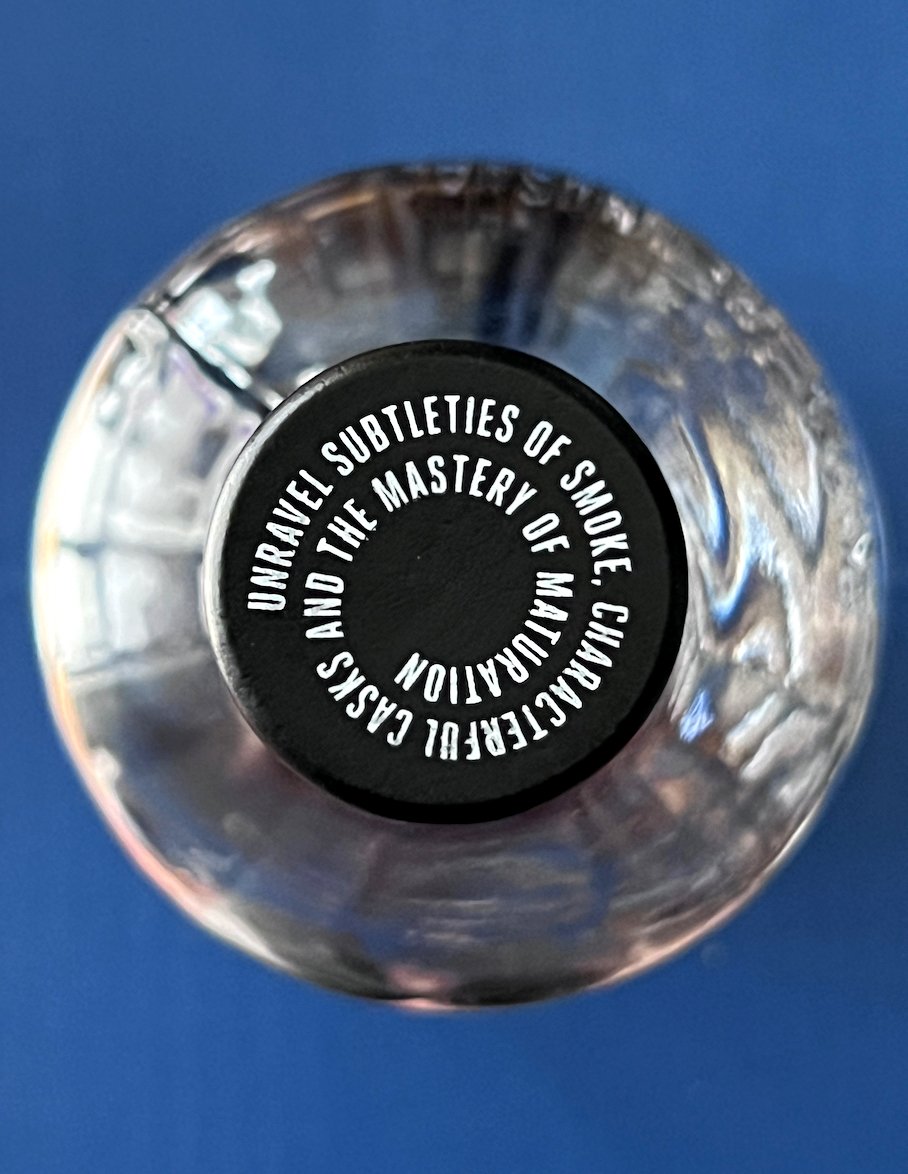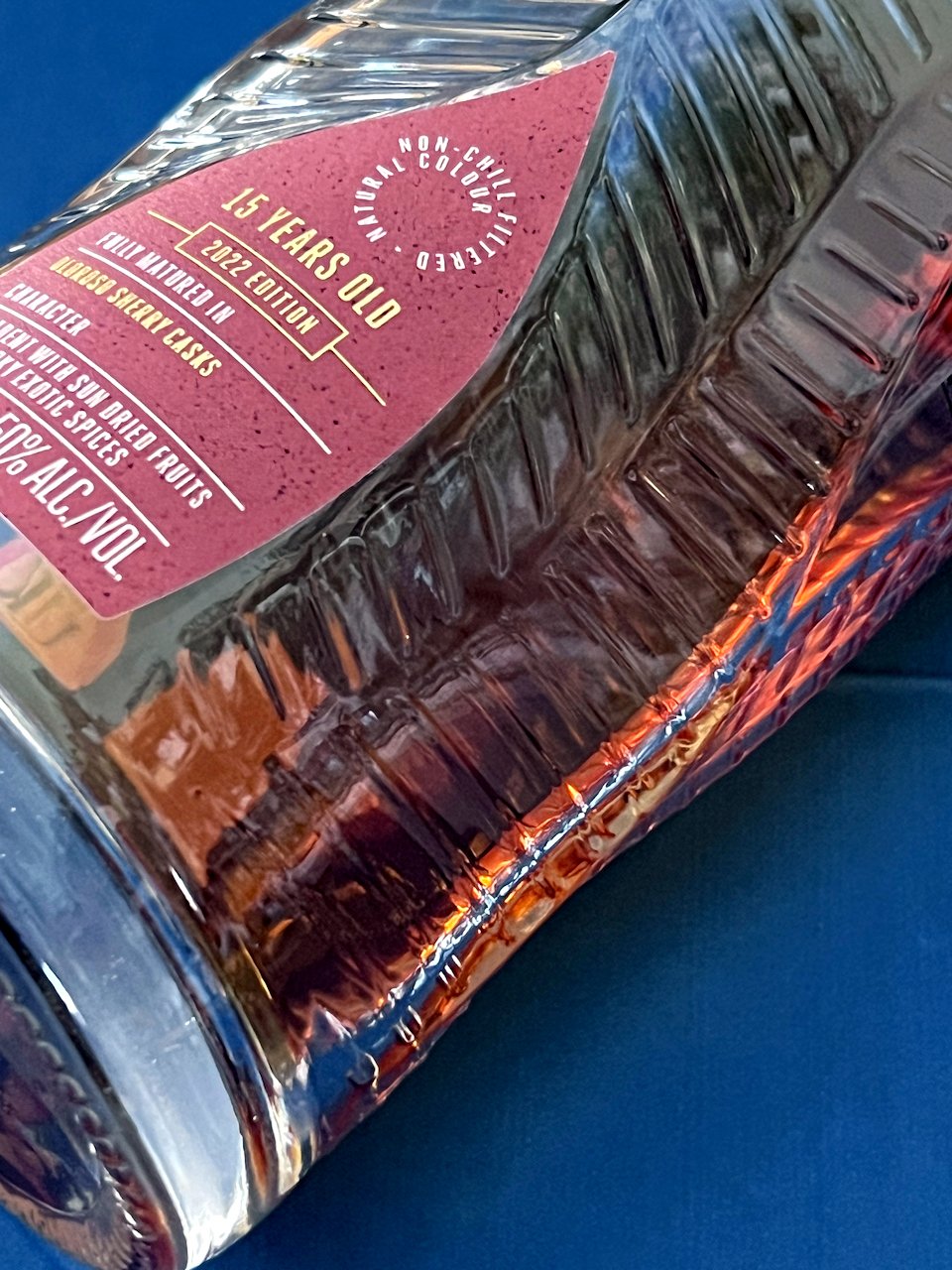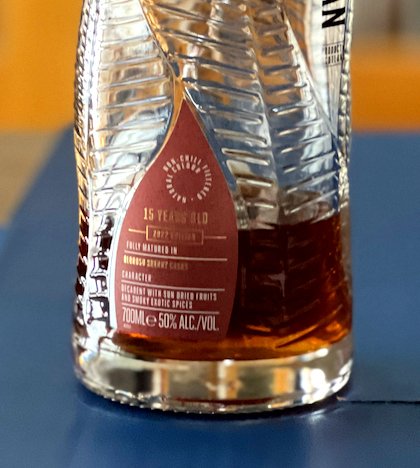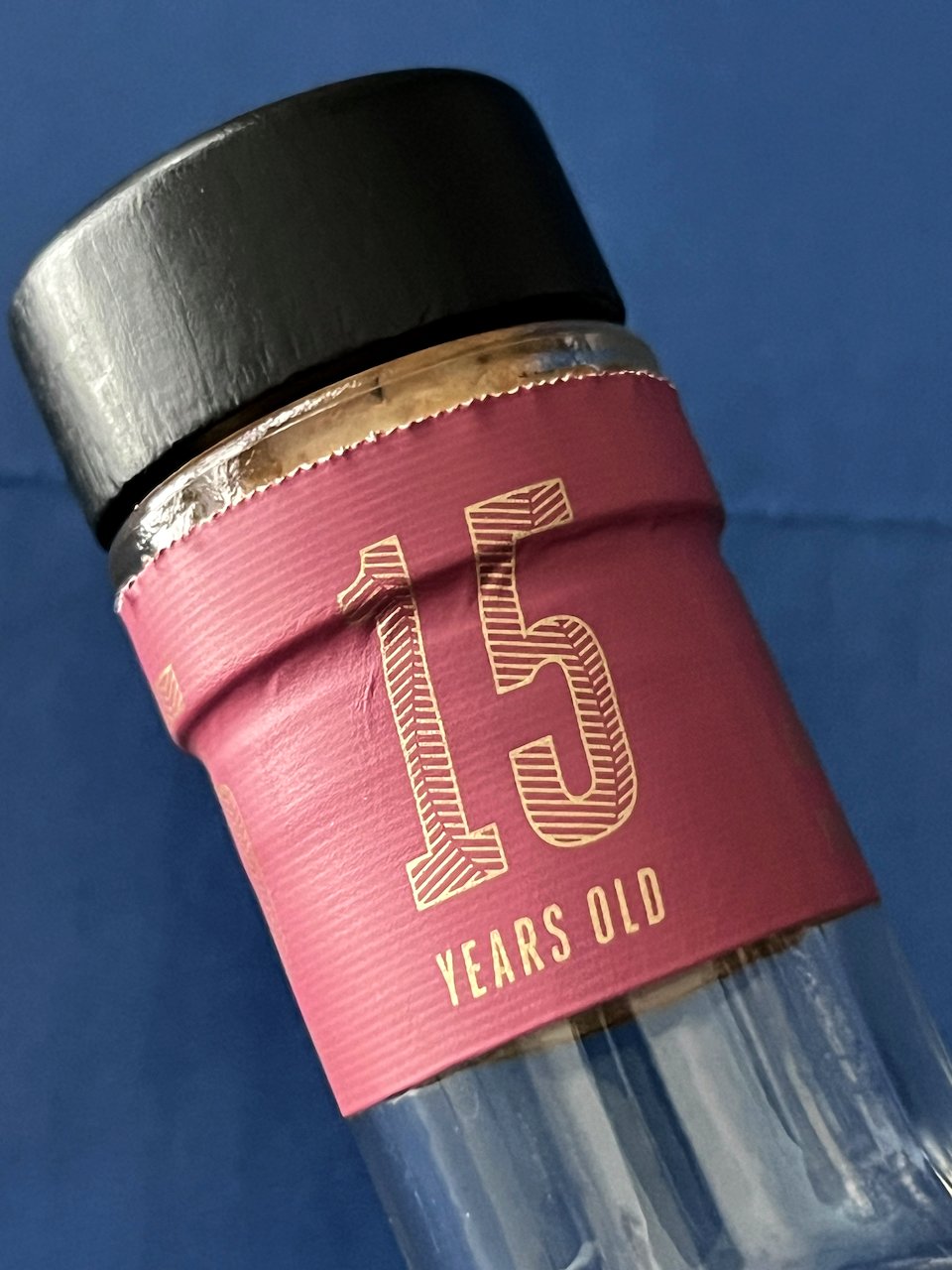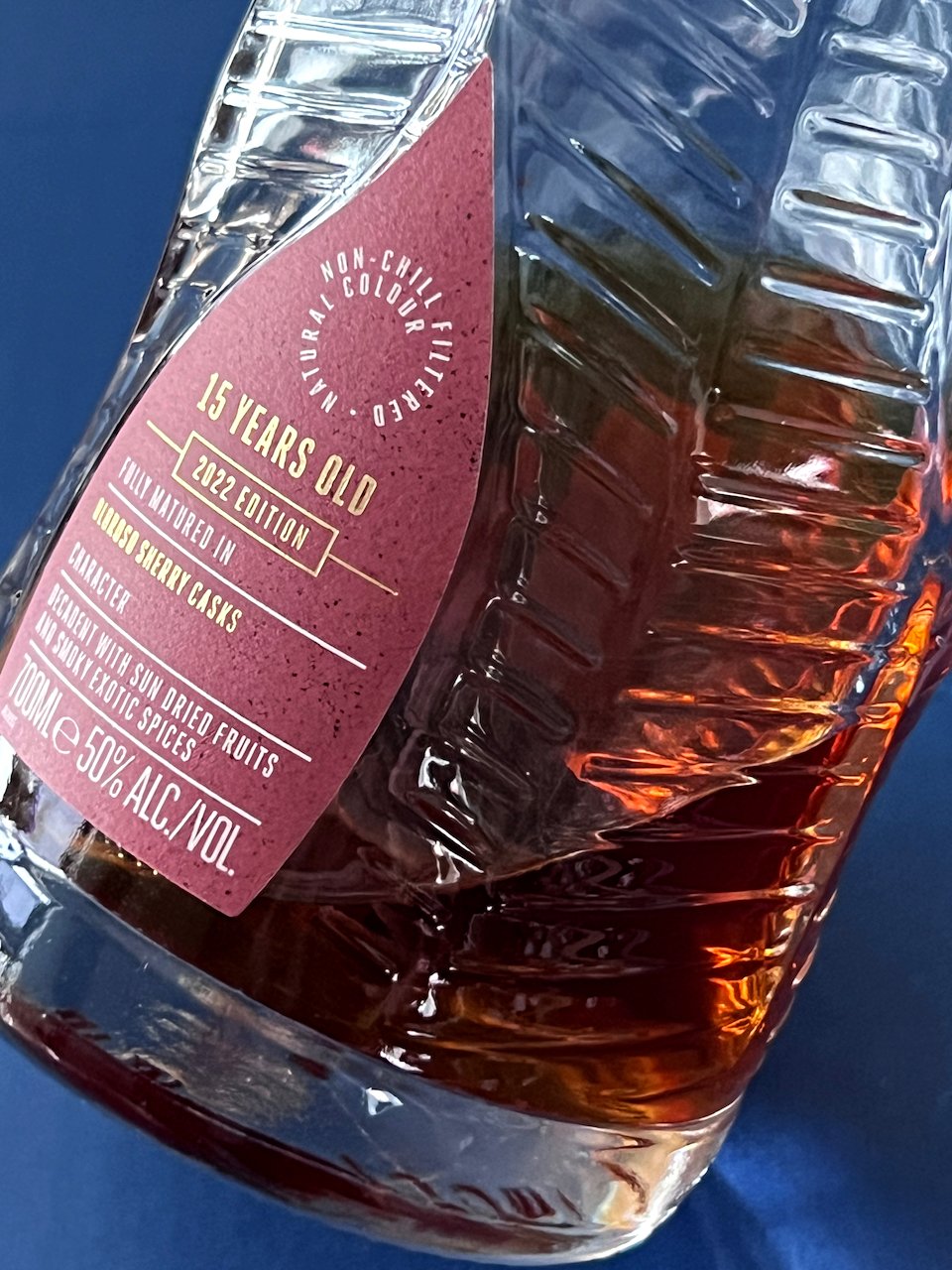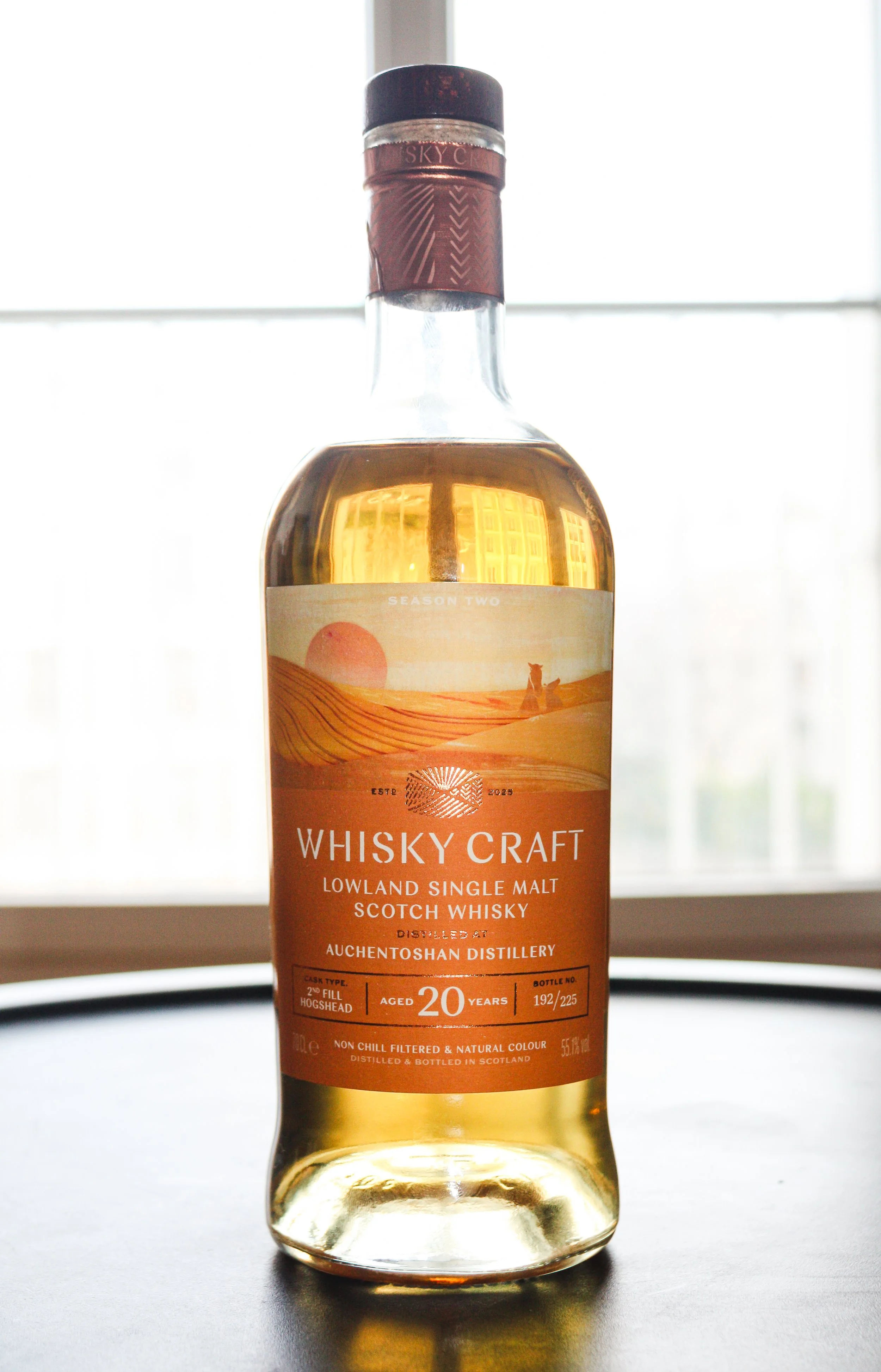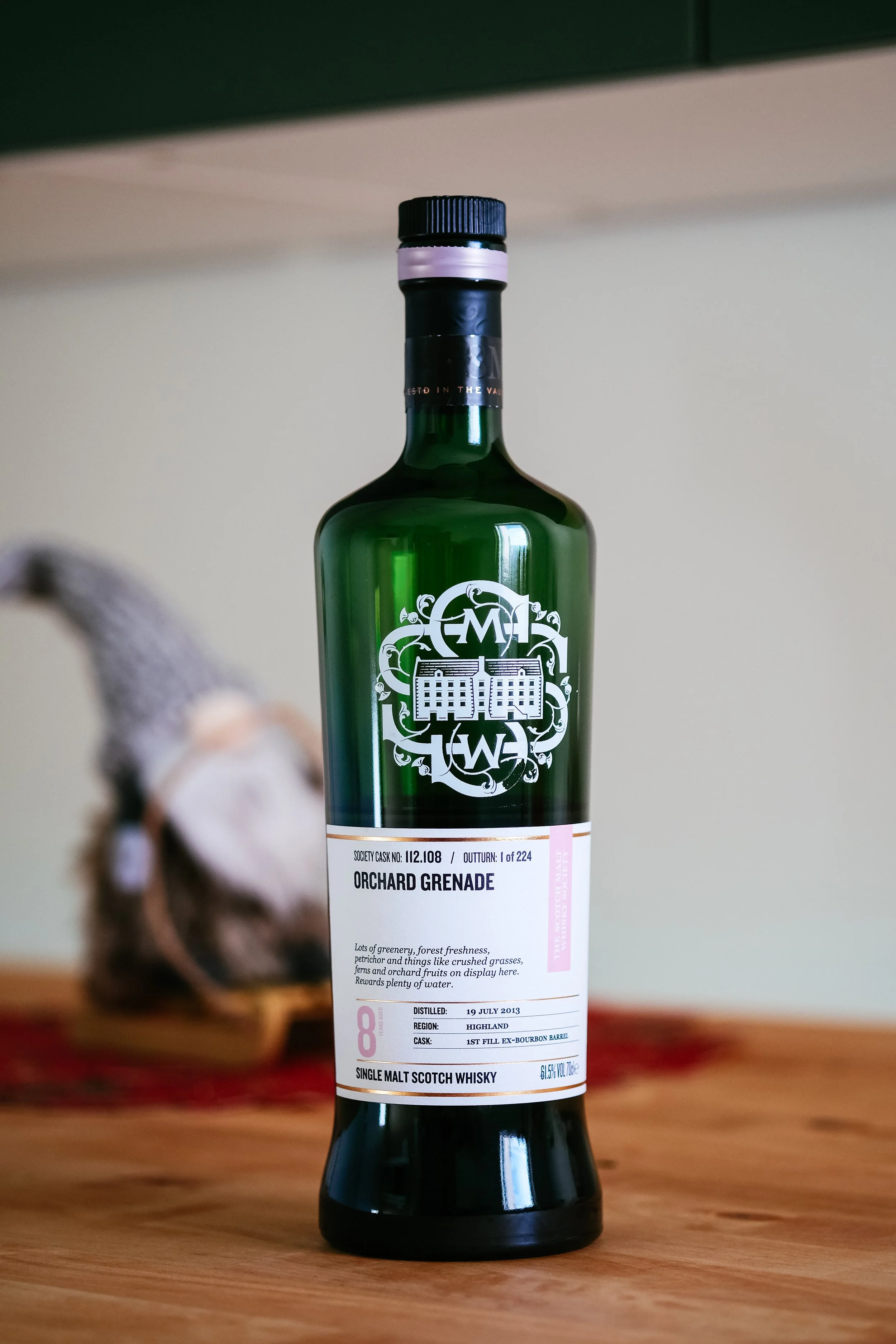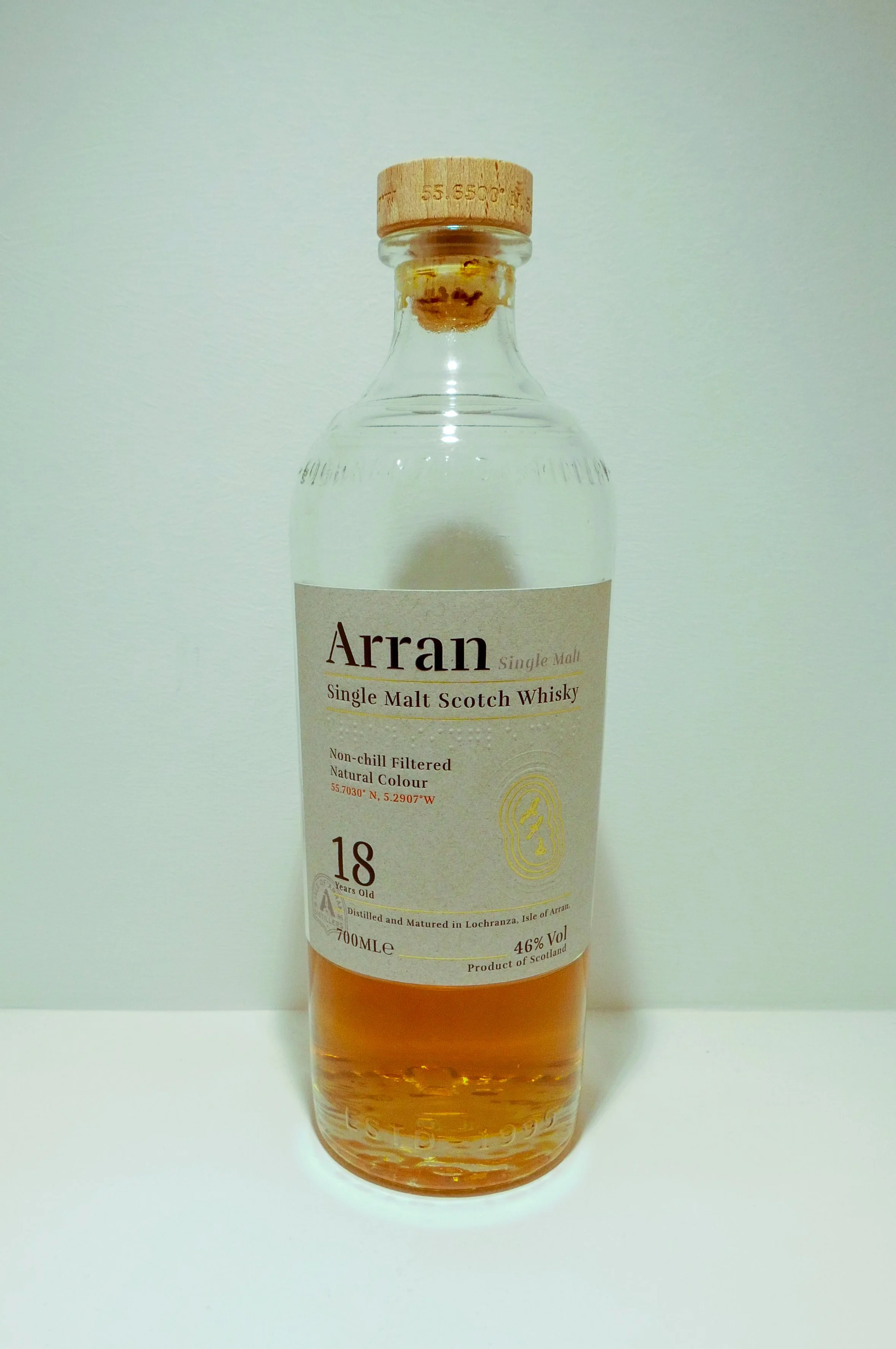Cù Bòcan 15yo
2022 Edition, Oloroso Matured | 50% ABV
Score: 7/10
Very Good Indeed.
TL;DR
Hefty, big and bold but with a subtle twist
Whatever you do, don’t consider this peated Tomatin
Recently, I shared the Tomatin Portuguese collection, which I got to try during a tasting back in March. The grand finale of the night was reserved for the first ever age stated Cù Bòcan and I was happy to see this one pop up in that line-up , as I was quite excited and eager to try this.
When this was first released in the autumn of 2022, I was on the look-out to pick one up, but held back when I saw the price. It wasn’t cheap in the UK, priced at £90, but it went north of €100 - €120 here in European markets. This was a bit steep for me, making it a ‘try before you buy’ whisky.
Regardless of pricing, an age-stated Cù Bòcan is, not in the least for the people over at Tomatin, a bit of a big deal. Because summarising Cù Bòcan as ‘peated Tomatin’ is really cutting a few essential corners and therefore selling it a bit short.
Essentially, this is a whisky made from scratch, which just happens to be produced at Tomatin. It’s much more than just a Tomatin made with lightly peated barley. From what I know, it started in 2005, when for the last week of the production season, Tomatin decided to do something different. Bringing in a batch of lightly peated (15 ppm) Optic barley, they created a lightly peated whisky in its own right, using different fermentation methods, different distillation runs and, particularly in recent years, different casks compared to what Tomatin usually does.
When released around 2013, Tomatin were already in the process of rebranding themselves, mixing up and expanding their own core range, choosing a more distinctive bottle design rather than the generic one they used, and I feel it reflected on those first Cù Bòcan releases as well. They were out there, and while the labelling was pretty recognisable with the image of smoke and the ghost dog (which Cù Bòcan translates to from Gaelic, hinting at the story of there being a ghost dog roaming the premises of the distillery), I had the impression Tomatin didn’t really know where they could take things with this range.
Little wonder then, that a few years later it seems as if things were called back to the drawing board, only to re-emerge shortly after, when in 2019 things were taken in a different, altogether more deliberate direction with the ‘Signature’ and the ‘Creation Series’.
However, when trying to put the pieces of the Cù Bòcan puzzle together, there were a few bits that didn’t really fit. For instance: Tomatin started with the production of peated malt in 2005, yet there are several ‘vintage’ Cù Bòcan releases from the late Eighties. How do they fit in? And has the ppm always remained at the same level, as I clearly remember trying some more peat forward expressions as well. Going through several of my Malt Whisky Yearbooks didn’t shed new light on this, so instead I approached Tomatin’s blender and global brand ambassador Scott Adamson for some clarification. This cleared up a few things. Summarising what he had to say, it comes down to what follows.
Up until the 1960s everything produced at Tomatin was lightly peated, as was the case across the Highlands before the discovery of North Sea oil and the development of the road network. When they removed their floor maltings, Tomatin moved to unpeated malt and everything labelled as Tomatin has remained that way ever since.
In 2005, master distiller Dougie Campbell brought in a load of lightly peated barley (optic at 15ppm) for the last week of production before Christmas. The intention was to use this for blending, but the moment the spirit came out of the still, he was reminded of how Tomatin tasted in the early years of his career and he decided to fill it into first-fill bourbon and first-fill sherry and virgin oak. These three casks continue to form the recipe for their Cù Bòcan Signature expressions.
The decision was made to repeat this ‘week of peat’ every year during the last week of production, albeit that since then they have changed the barley variety, ppm and even the cut point and yeast strain from time to time.
Regarding the vintages: Cù Bòcan was initially released in 2013 and it was thought the oldest peated spirit available was eight years old, until Charlie Edwards, the production manager at the time, brought over three samples of whisky from 1989 that were noticeably peated. After a little digging it became clear a batch of peated barley had been delivered to the distillery by accident in the summer of that year, but rather than turn it away, they distilled it. These were the last three casks and were bottled as the Cù Bòcan 1989. Scott concludes the 1988 and 1990 followed, but these were unpeated finished in casks from an Islay distillery.
Happy to have my questions answered, I could now commit my full and undivided attention towards this 15 year old.
Review
Cù Bòcan 15 yo Oloroso sherry cask matured, 2022 release, 50% ABV
£90 at retail (€110+ in Europe)
Score: 7/10
Very Good Indeed.
TL;DR
Hefty, big and bold but with a subtle twist
Nose
Tobacco, wood polish and varnish, fresh new leather. Deep, dark wood notes. A whiff of smoke - not peaty but like an echo of smokiness lingering through. All of these on the back of rich dried red fruit notes.
Palate
A wood bomb on arrival. Old, dry smoke and a very dry mouthfeel. Nuts and dried fruit. Adding water cranks things up to 11, yet it also reveals that slightly delicate mixture of subtle smoke and fruit from the spirit rather than the cask. The finish is long, deep and oaky, again with the wood polish and a cold, second-hand smoke.
The Dregs
This is likely Cù Bòcan, and Tomatin for that matter, at its boldest. This is hefty and big, quite unlike any Cù Bòcan I’ve tried before. Some will say, and rightfully so, that indeed there is a lot of emphasis on the cask. Very good quality casks, mind you, and while this is indeed heavy on cask influence, somehow it’s layered, complex and even a bit delicate. Kudos is due to whoever managed to marry cask and spirit here, as, despite all the wood, they’ve managed to balance it out, allowing just enough of the slightly smoky and fruity Cù Bòcan character to shine through.
Score: 7/10 EA
Wally’s Review
Cù Bòcan 15 yo Oloroso sherry cask matured, 2022 release, 50% ABV
£90 paid
I should’ve taken pictures of this when it first arrived, as it’s been quaffed, guzzled, shared and greedily rinsed since its arrival just before Christmas. It’s hard to get a good picture when there are only a few pours remaining.
Eventually, I placed it at the back of the cabinet behind its Cù Bòcan siblings and Tomatins to protect what life was left. Cue Earie to have me enthusiastically dig it out once more.
The colour is a gorgeous, autumnal rich and honest, natural russet-red. It’s tempting and seductive before you’ve even ripped at the foil. I was in a sherry/wine cask groove when this arrived, busily tearing through Ardnamurchan’s Madeira 2022 release - a little too fast (the season demanded it). This arrived to fortify the shelf in time to leave a little life in that bottle too. It’s hard to kill off event whiskies. This 15 year old is certainly one of those.
Score: 8/10
Something special.
TL;DR
Tomatin need to allocate more time to making this
Nose
Ground coffee, treacle and cola cubes. Dark, bitter chocolate, some resinous notes like beeswax or wood polish. Seville orange marmalade is the prominent fruity character, but there’s aromatic sandalwood, dark Manuka honey and a heavenly but distant peat fire with a little barbecue.
Palate
A medium-bodied arrival brings the tingle of cinnamon and nutmeg, with treacle toffee, warming oak and dark chilli chocolate. The fruit is once more orange; candied peel. Some sherry-soaked plums and a little ginger, homemade jam, dark Muscovado and bruised apples with a savoury maple-cured bacon smoke.
The finish is drying and moreish. I’m sipping this at 10am which is a very dangerous pastime. If we’d been gifted this at cask strength, I bet the texture would have knocked me out too. It’s just a smidge thinner than I imagined, but that’s me being typically petty and searching for weakness instead of celebrating the abundant strengths. At 50% ABV it goes a bit further and at 15 years it hits the sweet spot.
The Dregs
How can it be that we hear nothing from Tomatin’s Cù Bòcan series beyond their playful Creations series and then boof… a 15 year old oloroso-matured banger from nowhere? It’s the kind of unexpected release that makes you excited for what the future can hold.
I got the tip off from a pal on this one, but that pal is known for loving sherry and bold, brash, potently-flavoured face-punches so my expectations were measured. I needn’t have worried. This is one of those bottles I’m glad I took heed and bought, even when I, at first, thought it was pricey. I’m also glad I opened it straight away; it very much enhanced my winter.
On the face of it, it’s one of those potential bottles where peat smoke and sherry meet and the world is at peace. However, this is more subtle and therefore requires a word of caution. Do not buy this if you’re a peat head. The smoke element is very subtle indeed.
Likewise if you love your sherry, know that this is a dry, gently spiced version and not that big, thick dollop of sherry so many love from Glenallachie et al. This is sherry sitting alongside a quite remarkable spirit to keep you searching its flashes and flickers with every sip.
On second thoughts, do buy it, because either way you’ll end up with an excellent evolution on something you already love.
Let’s talk price. At £90, it seemed hefty. It took the encouragement of a fellow maniac to get me to grab it, but I’m glad I did. This beats so many 18 year olds and would go toe-to-toe with so many overpriced howlers out there. You can buy two of these for the price of a Talisker 18 and this eats it. You know, that Talisker that was once a celebrated legend of the sea and is now a static collector of the dust.
This isn’t available everywhere and may take a little tracking down now, but I’m encouraged by the “2022 Edition” on the label, suggesting annual releases. If they keep the pricing steady, I’ll be first in the queue this year.
Thanks to Earie for the inspiration to dig it out and rediscover its magic all over again.
Tomatin, please tell us you dedicate more than a single week per year to making this spirit these days. This is the Highland style we need more of.
Score: 8/10 WMc
Tried this? Share your thoughts in the comments below. EA
-
Dramface is free.
Its fierce independence and community-focused content is funded by that same community. We don’t do ads, sponsorships or paid-for content. If you like what we do you can support us by becoming a Dramface member for the price of a magazine.
However, if you’ve found a particular article valuable, you also have the option to make a direct donation to the writer, here: buy me a dram - you’d make their day. Thank you.
For more on Dramface and our funding read our about page here.

